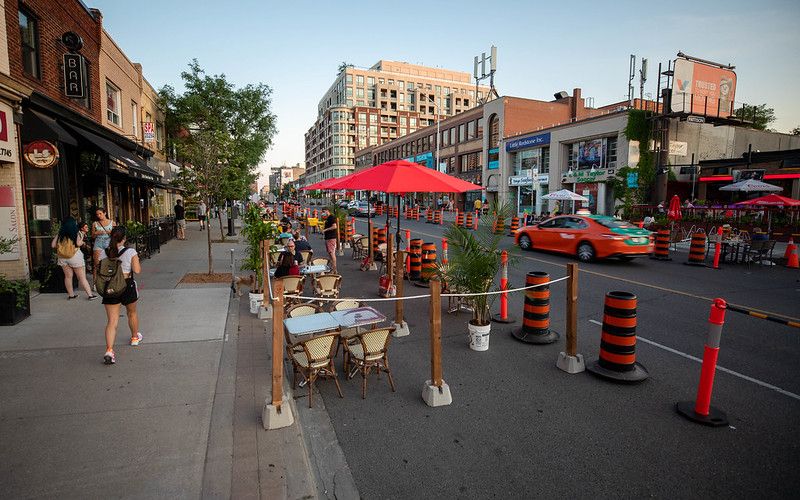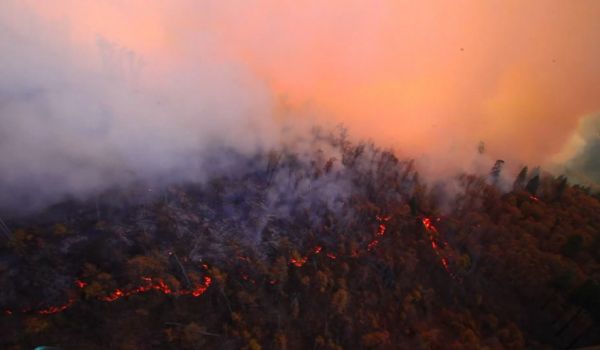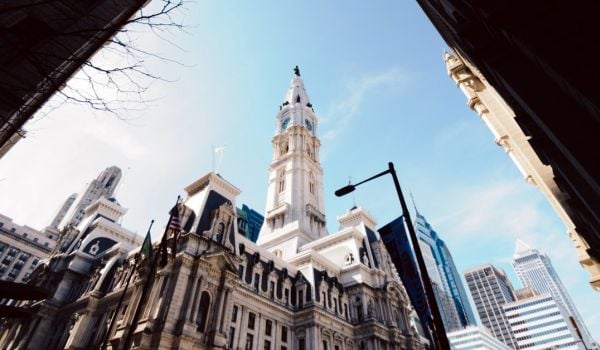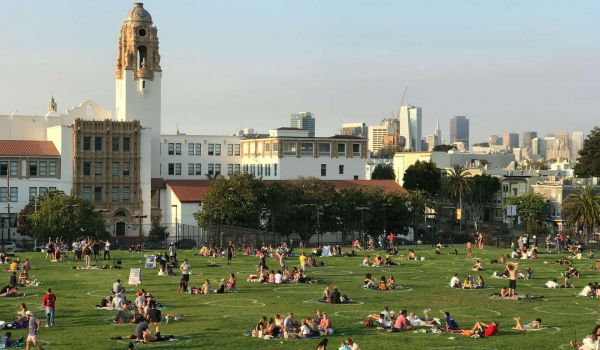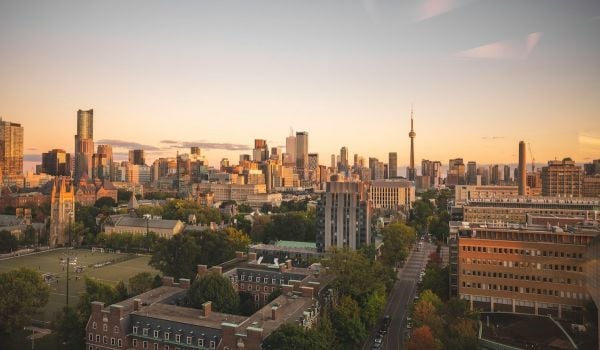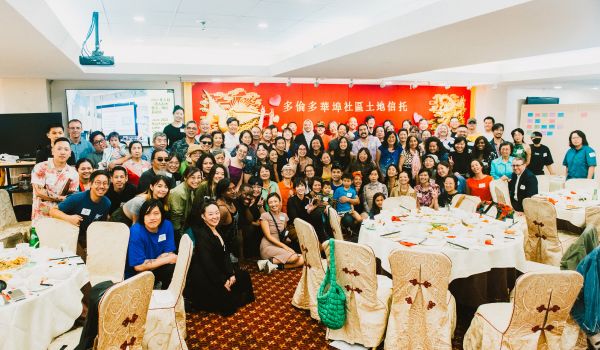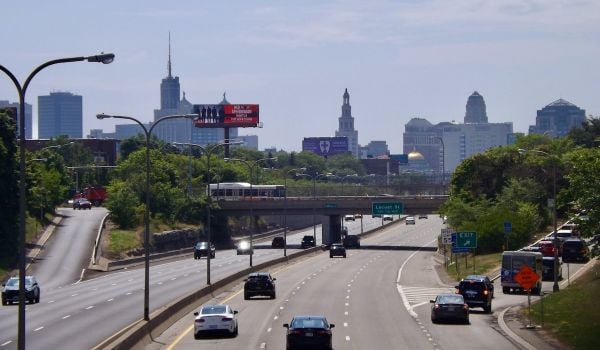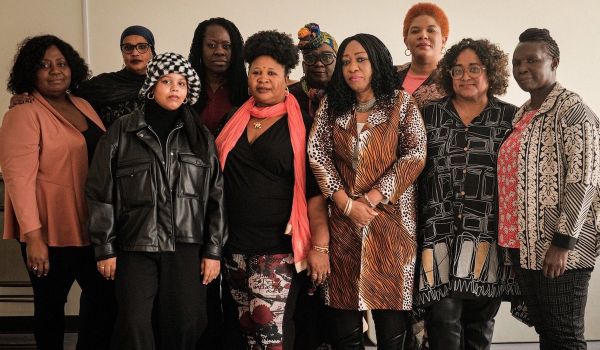Will Summerhill couldn’t sleep.
For three-and-a-half years, the same thing happened Monday to Saturday: At 6:30 a.m., the dump trucks would start driving up his street and up the laneway beside his building. At 7 a.m., the drilling would begin and continue until 7 p.m.
But finally — finally! — the condo being built across the street from Summerhill was completed. He thought he was in the clear.
A few days later, the 31-year-old heard a familiar sound: drilling. A building two doors down from Summerhill was being demolished. But this time, the trucks started coming at 5:30 a.m. The drilling started at 6 a.m. and didn’t stop until 10 p.m., seven days a week.
By this point, it’s the pandemic. Summerhill, a cybersecurity consultant, was now working from home.
“You can’t get away from it,” Summerhill says. “You would think you could have your weekends at least free of noise and stress and anxiety from construction, but it’s not possible.”
Summerhill lived in Toronto, but he didn’t live on a main street. He lived in an apartment building on Soudan, a two-lane street filled with low-rise buildings and houses. The street is one block south of a midtown intersection, Yonge and Eglinton, where there has been construction of a subway line for over a decade.
Summerhill’s story is a typical Toronto tale. The Canadian city has the most cranes working on construction in all of North America, topping out at 252 cranes — over 200 more than the second-place city of Los Angeles. Construction is so predominant that it’s become a meme for Toronto residents.
But the noise from construction? Toronto has struggled with noise — from construction, traffic and parties — for years.
In 2017, Toronto Public Health released a study on the health impacts of environmental noise on Toronto residents. The study determined that noise in Toronto “occurs at levels that could be detrimental to health.” The study mentions that this dangerously high noise level could lead to “cardiovascular disease, cognitive impairment in adults and children, sleep disturbance and mental health impacts.”
This is particularly bad for Toronto’s lower-income residents. The study discovered that half of them are 11 times more likely than higher-income residents to be exposed to excessive night noise levels. Low-income Canadians already tend to have poorer health outcomes. The noise exacerbates this.
“Noise is a symptom of a lot of other underlying integrative issues that need to be addressed for livability,” says Dr. Tor Oiamo, who conducted the Toronto Public Health noise study.
One of those underlying issues is a lack of affordable housing that persists despite dense construction. There are 3,000 new residential units coming to just Will Summerhill’s area of Yonge and Eglinton, but few are set aside for low-income housing (the Resident’s Association says it’s about 5%, but the city was unable to confirm that number). The area’s city councillor, Josh Matlow, has put forward a motion to create actionable policy that addresses affordable housing in Toronto. City Council adopted the motion, but the research and policy recommendations won’t come in until the third quarter of 2023 and there’s not yet a timeline for implementation.
Yonge and Eglinton is a microcosm of what’s going on across the city. In 2020, there was a 68% increase in demand for social housing in Toronto — with barely any new units available. If Torontonians’ health and sleep is disturbed by the noise for housing that they can’t even access, what’s the point?
Noise pollution also reflects a lack of green space. Trees, plants and green space are natural sound absorbers. But with the immense amount of development in Toronto, green space has been compromised. Not only does that make the city louder, but means that Toronto residents have less access to nature, which reduces stress, encourages exercise and keeps the air clean. Again: what’s the point of all this noise if it’s not building a better city?
“[Noise] is a good issue to focus on because it takes care of a lot of other issues by accident,” says Oiamo, who is also an assistant professor in the department of geography and environmental studies at Toronto Metropolitan University. “It forces a lot of ideas about development, livability, sustainable building and planning.”
The city of Toronto, to its credit, is trying to tackle the issue. Toronto City Council passed a new noise bylaw in 2019 that’s very specific about the acceptable decibel levels both during the day and at night. Before this, the noise bylaw was much more “generic,” according to Carleton Grant, the executive director of Toronto’s Municipal Licensing and Standards.
The city also introduced a Noise Team in 2019 to field noise complaints. There are 24 Noise Team officers, who are specially trained to correctly use sound metres to measure sound from where they receive the complaint, Grant said.
The problem is that those 24 officers serve a city of 2.9 million people.
“They have a huge challenge,” Grant says. “We’re not immediate responders; we’re not resourced accordingly.”
The Noise Team’s main goal is to mitigate consistent noise. For instance, bars and nightclubs whose speakers are too loud every Friday and Saturday. The Noise Team even recently went to two concerts at the RBC Canadian Open golf tournament to measure and ensure that the noise is within regulation, Grant says.
Since its founding, the Noise Team has issued approximately 200 charges for 51,600 complaints, according to a media representative from the City of Toronto. These charges result in fines ranging from $500 to $700.
But the biggest mobilization against noise pollution has come from neighborhood groups. The Republic Residents’ Association (RRA) is one such group in Will Summerhill’s neighborhood of Yonge and Eglinton. The RRA has tripled fine amounts for noisy dump truck idling and has monthly meetings with developers in the area, according to leadership team member Vesna Milevska.
The RRA understands the need for development for the area’s increasing population, so it also works closely with the city’s “construction hub” coordinator at Yonge and Eglinton to address noise concerns. The construction hub is part of the city’s efforts to keep people safe in areas with dense development. The hub is a way to encourage development while still taking concerns from residents, businesses and public interest into account.
The Yonge and Eglinton construction hub was the first one in the city. It’s been such a success that Toronto created three more hubs in heavily developed areas.
“Every decibel of noise coming down is worth all the work,” says Milevska, who lives in a building sandwiched between the Eglinton subway construction and a new condo construction site.
Sadly for Will Summerhill, he never got to experience those small victories for noise pollution. After four years of living between three construction sites, he finally moved — all the way to a quiet street in Vancouver.
“Noise was a big part of moving out of Toronto,” Summerhill says. “I’m sure that there are other places within Toronto I could have found without construction. But also, if you look up the faster-growing areas, they’re all under heavy development.”
Oiamo wants to see better neighborhood planning from the city. Because Toronto is already so heavily developed, the city sells land in individual parcels, rather than large swaths of land, meaning there’s no holistic oversight of an area. Torontonians end up with neighborhoods like Summerhill’s, where there are three active construction sites on one block. Big-picture planning of one area considers livability more than individual parcel buying, and is less inclined to create such dense — and loud — developments in them. One such area that Oiamo credits the city for starting to do this in is the new Port Lands development.
Oiamo also wants to see data collected more frequently on Toronto’s noise pollution. Lots has changed since he conducted his noise study six years ago, so more recent data and surveying of residents is needed.
“I often hear people make the argument: You live in a city, what do you expect? It’s just going to be dead quiet?” Oiamo says. “Well, no, but … the sounds of life instead of the noise of machinery is what we can have.”
This article is part of Backyard, a newsletter exploring scalable solutions to make housing fairer, more affordable and more environmentally sustainable. Subscribe to our weekly Backyard newsletter.
Sabina Wex is a writer and podcast producer in Toronto.



